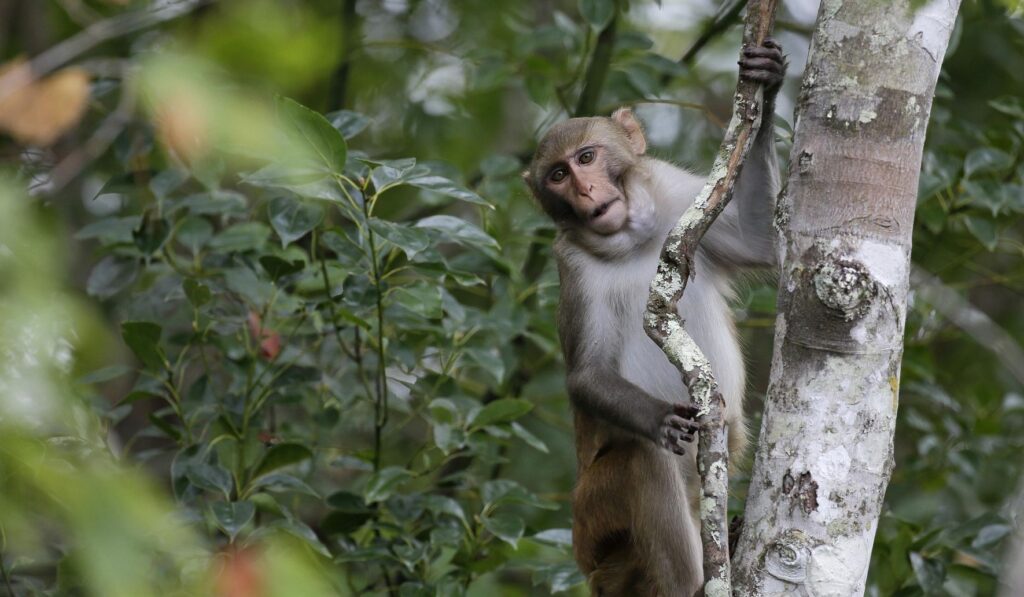This article looks at an unusual and unsettling traffic incident in Mississippi where animals escaped after an overturned transport vehicle, how authorities and animal professionals responded, what risks that posed for drivers and the public, and why safe transport practices matter for both animal welfare and road safety.
Monkeys being transported on a Mississippi highway escaped captivity Tuesday after the truck carrying them overturned, according to law enforcement. Local officers arrived to find animals loose near the crash site and began coordinating immediate containment efforts. The initial scene created a chaotic mix of traffic disruption and public concern as responders worked to secure the area.
Emergency crews, animal control teams, and law enforcement set up a perimeter to keep motorists and bystanders at a safe distance. Traffic delays and temporary closures were used to give teams space to operate without the added danger of passing cars. Officers and animal handlers moved deliberately, because frightened animals and moving traffic can create fast-changing hazards.
Capturing escaped primates requires specialized handling, and trained personnel were called in to assist. Those crews rely on humane nets, crates, and tranquilizers when necessary, balancing safety for people and the animals themselves. Experts also assess whether any animals are injured, need veterinary care, or display signs of illness before transport resumes.
Transport accidents like this one raise immediate questions about containment standards and inspection routines for vehicles carrying live animals. Regulators and operators often have protocols intended to prevent escapes, but crashes present unpredictable failures of even well-maintained systems. Investigators usually examine restraint equipment, securing methods, and whether the vehicle met applicable safety requirements.
Residents and drivers near the incident reported seeing officers and specialists coordinating searches along the roadside and in nearby wooded patches. Social media and on-scene witnesses helped authorities track movements, though unofficial tips must be verified before they guide capture operations. Public guidance emphasized giving professionals room to work and reporting sightings to official channels rather than attempting capture.
Animal welfare organizations sometimes get involved after such incidents to advise on care, quarantine, and rehoming if animals cannot return to their previous facility. Those groups also look into long-term outcomes for the animals and whether additional oversight or policy changes are warranted. Any decision about the animals’ future typically reflects both safety and welfare considerations.
Beyond the immediate response, this accident is a reminder that transporting animals on highways carries layered risks for humans and animals alike. Drivers, haulers, and regulators share responsibility for secure containment, routine inspections, and contingency plans for crashes or escapes. Lessons from this event may prompt reviews of protocols to reduce the chance that a similar situation happens again on public roads.



